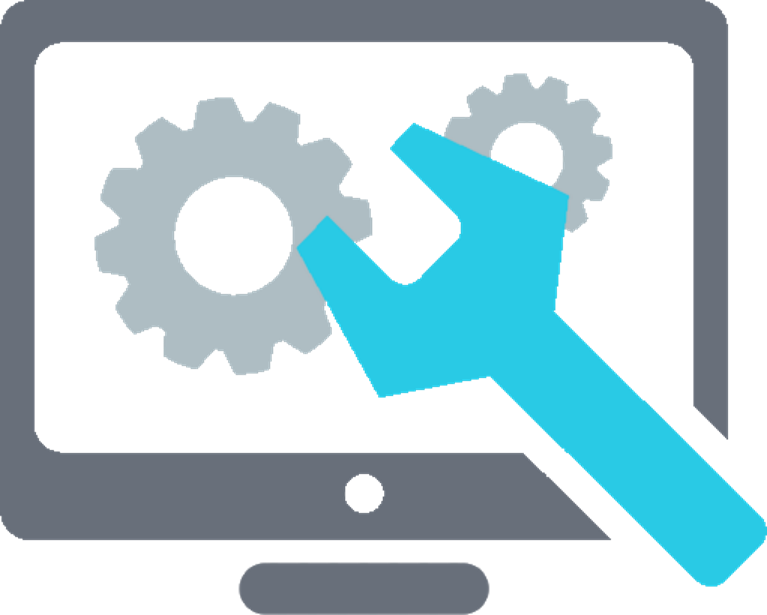Utilizing building automation to drive customer satisfaction and reduce service overhead

How many hot or cold calls do you get from a property manager in a month? How many of those calls are software or building automation (BMS) related? How many of your technicians are qualified to work on these systems?
Evolve your HVAC maintenance with these ideas to drive down costs and improve satisfaction ratings
By: Zach Denning
How many hot or cold calls do you get from a property manager in a month? How many of those calls are software or building automation (BMS) related? How many of your technicians are qualified to work on these systems?
Building automation has evolved into the backbone of modern HVAC installations. Sites without control systems are like cars without cruise control – Nearly extinct!
35-55% of all hot and cold calls can either be repaired or identified through the BMS – Drastically reducing repair times and repeat service calls. Unfortunately, most HVAC service providers overlook these systems in lieu of sending a technician to the site.
Let’s take a look at a few different ways you can utilize automation to drive service value:
1. Partner with an automation provider or consultant – For service!
Many mechanical service providers currently have 2-3 automation companies they’re partnered with in case of system failures, retrofits or new construction. But what about service?
Partnering with an automation provider or consultant allows service providers to screen hot and cold calls before having to send out a technician. If the problem can’t be repaired remotely, your BMS partner is able to suggest potential “next steps” or repairs – Ensuring you get the correct technician for the job.
2. Recommend an analytics or fault-diagnostics to your customer
Analytics and fault-diagnostic systems help HVAC service providers and property management by monitoring equipment 24/7 for problems and inefficiencies. The average Preventative Maintenance (PM) contract has a technician onsite for 4-8 hours per quarter – Only 4-8% of the total equipment runtime!
Cloud-based platforms proactively find problems like worn valves, stuck dampers, failed thermostats and malfunctioning software – All before they impact tenants. Some analytic systems are even capable of quantifying the issues, helping service providers build business cases around replacing components before they fail.
3. Train technicians how to navigate common building automation systems
Investing time and money into technicians for training has to have a quick return. Choose at least 1-2 of the most common control systems (Tridium, Johnson Controls, Honeywell or Trane) and invest in training a few of your more “tech-savvy” employees. Cost per class is typically $2-3k, at which time you can obtain licensed software from the manufacturers.
Your newly minted control technicians might not be able to program the latest Title-24 sequences, but they can surely troubleshoot common issues – Equating to quicker response times, fewer repeat issues and higher customer satisfaction.
Service providers must understand that building automation is no longer a “glorified time-clock” and these systems play a key role in efficiently identifying and repairing HVAC-related issues. Integrating automation into your HVAC services full-time ensures faster, more targeted responses to common issues.
My name is Zach Denning and I’m the CEO and owner of EnerDapt, Inc. We’re an HVAC engineering firm that utilizes cloud-based technology to bridge the technical and financial gaps commonly found in HVAC management. Our OCMS EnerVise platform keeps customers knowledgeable about their building including HVAC life-cycle costs, forecasted maintenance & upgrades, and equipment replacements. You can reach me at zdenning@enerdapt.com or visit our website at www.enerdapt.com



